Andalucia, the largest region in Spain, is wonderful for a family vacation, offering everything from history and culture to outdoor adventure and beach time. It is the land of flamenco, bullfighting, beautiful architecture and the sea. With great-quality roads and drives of 3 hours maximum between hot spots, Andalucia makes for the perfect road trip with kids. You can explore off-the-grid whitewashed villages and the oldest bullring in Spain, take a hike across suspended footbridges or visit one of the region’s many olive oil farms along the way.
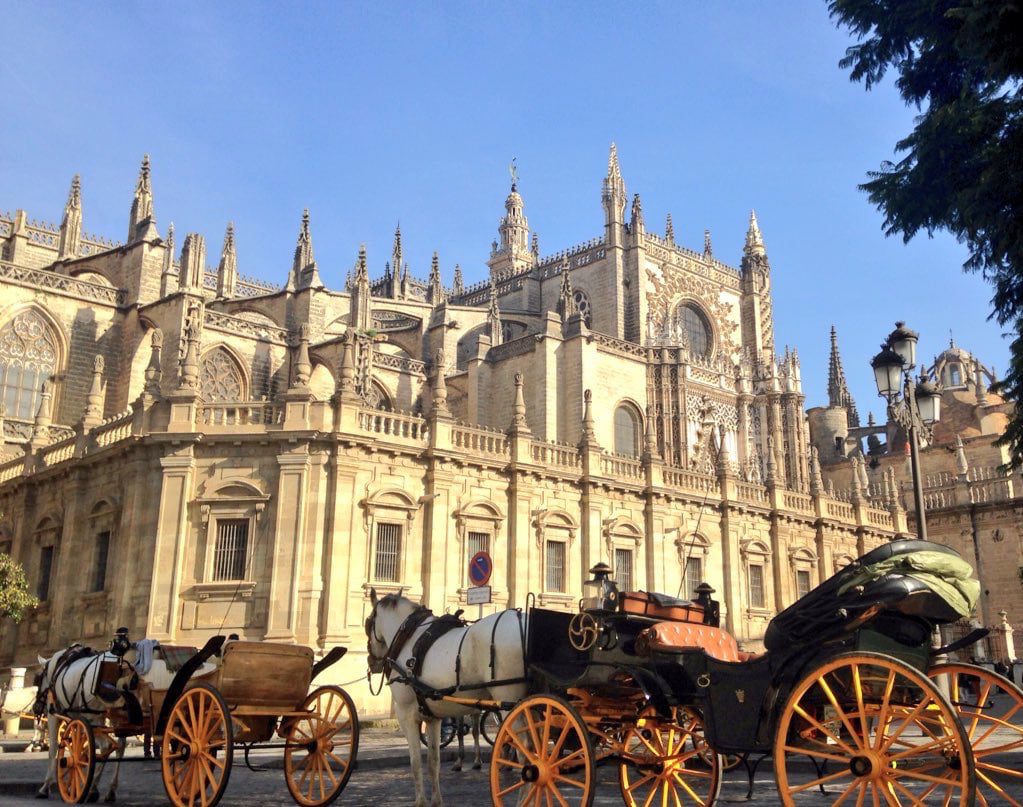
What to See and Do in Andalucia with Kids
Seville
Spain’s third-largest city and the Andalucian capital, Seville wraps itself around the Guadalquivir River, with gold-trimmed white buildings, horse-drawn carriages and the faint beat of flamenco combining for a genteel southern flair. The mainly pedestrianized downtown makes this an easy city to get around on bicycles, on foot, by tram or (why not?) by carriage.
Want help planning a Spain vacation with kids?
Our Spain experts can help you book tried and tested accommodations, arrange family-friendly guides, and more. Click to send us a request >
For Americans, Seville played an important role in history as the main port for journeys both to and from the New World — Christopher Columbus himself sailed from here on all three of his voyages. The influx of riches from the return voyages brought the city flying into the 1500s, a time of great wealth known as the Golden Age, most notably leaving the beautiful Gothic cathedral with its flying buttresses. It is well worth taking time to visit the Cathedral and see Christopher Columbus’s supposed grave (some people think he is buried in the Dominican Republic) and to climb to the top of the imposing, stairless bell tower, built with a ramp to enable the king to get to the top on horseback. The mystery of the missing staircase is a good riddle for kids to noodle out on the climb!
Afterward, take time to enjoy a progressive lunch of tapas nearby in the charming neighborhood of Santa Cruz. With an abundance of tapas bars, it’s easy to fall into the local way of life; try eating two tapas in each place before moving on. This is a great way to let kids try unfamiliar dishes without committing to a main course.
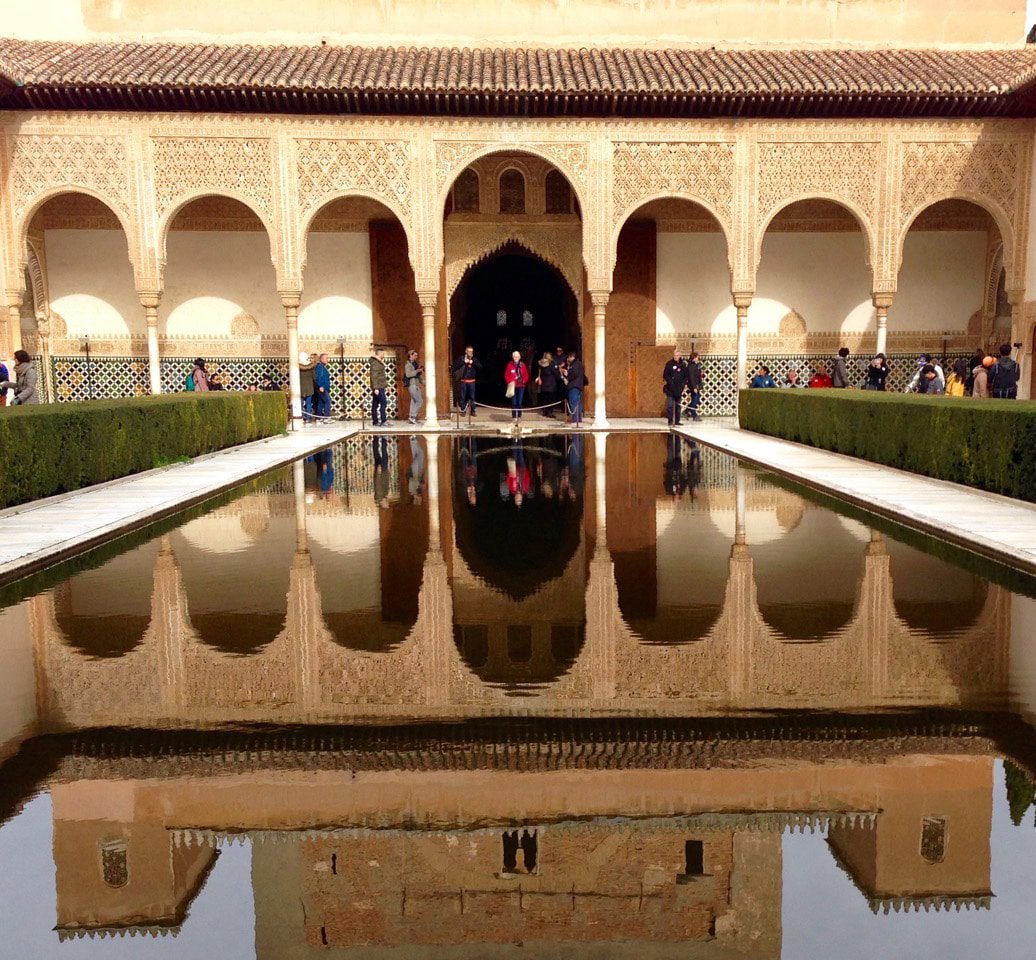
Granada
Five hundred years’ worth of occupation by the Moorish people left an indelible mark on Granada, yielding some of the most beautiful architecture and design work in Europe. Set on top of the three hills that make up the city, the Alhambra Palace is the architectural jewel in Granada’s crown, and indeed, it is the must-see attraction in southern Spain. Never fought over, just used as a negotiating chip, the palace is completely intact; walking its gardens and inner courtyards or gazing up at the hand-carved ceilings transports you back to the time of the Arabian Nights.
In the evening, head to the hills of the Albyzin neighborhood to catch traditional flamenco and great views of the Alhambra at night. The flamenco of Granada (many say all flamenco) belongs to the gypsies. It’s a dance and music of passion, a way to tell stories of true love, broken hearts and other deep feelings, and you can’t help but get caught up in the energy. Take time to see a show in one of the gypsies’ caves — originally comprised of modest homes of the marginalized members of society, this neighborhood is now a UNESCO World Heritage Site. Seeing flamenco so close and personal will get everyone’s heart pumping and feet tapping.
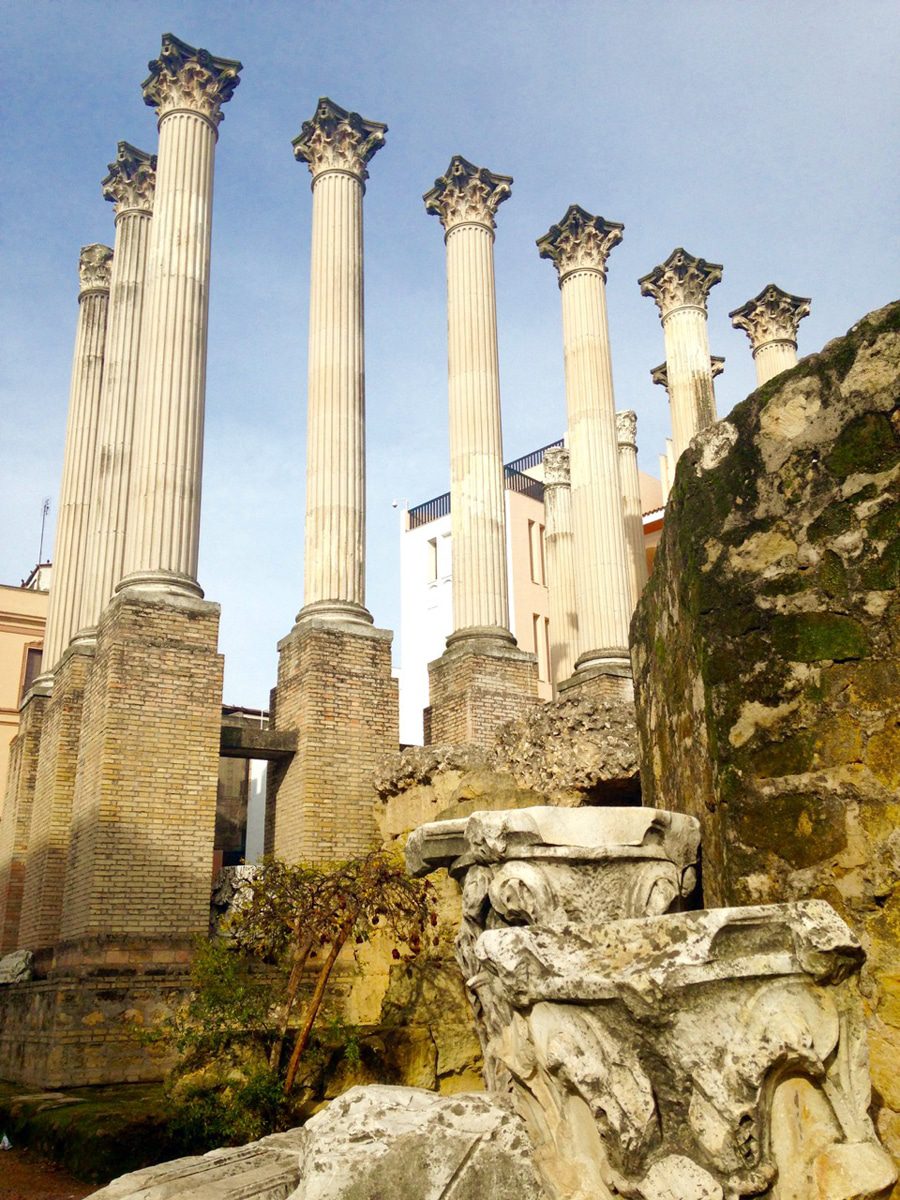
Cordoba
This whitewashed town is overlooked by many a traveler, but I highly recommend spending a night here to enjoy its unique charm, which shines brightest after day trippers move on and the city is left to you and the locals. It was home to the Moorish jet set for a little more than 500 years, and they left behind what many consider to be the most beautiful mosque in the Western world. In the 1200s, when Cordoba fell into the hands of the Christians, they set about demolishing the mosque to build a church in its place. Due to protest and popular demand, the mosque was never demolished, just remodeled. The Christian king knocked down only a small portion of the structure to build a church inside, which remains intact and official — poetically summing up Spanish religious history in one space.
During your stay in Cordoba, make time for the Romans! Take a stroll across the Roman bridge that spans the Guadalquivir River (yes, same one as in Seville). A totally pedestrianized area, this is a good place for younger kids and toddlers to run and enjoy a bit of outdoor time or even to play the game of Poohsticks immortalized in The House at Pooh Corner. The views on the return to town, especially around sunset, are amazing. From there, head to dinner near the remains of an impressive Roman Forum that is nearly 2,000 years old.
Ronda
Home of Spain’s first and oldest bullring, this whitewashed town straddles a deep gorge. Visiting the bullring is a must when you are in the home of bullfighting as we know it today. Taking bullfighting out of the village squares, Spain’s aristocratic Romero family laid down a clear set of rules for fighting bulls as a challenge to the noblemen who were being trained in horse riding in battle.
Not to be missed is every little boy’s dream fort, the Puente Nuevo (New Bridge), spanning the sheer 390-foot gorge. The bridge was completed two centuries ago after decades of construction; aside from connecting the old and new parts of town, it was also used a prison during the Spanish Civil War and during peaceful times as a cafe. It now is a museum showing the construction of the bridge and its later uses.
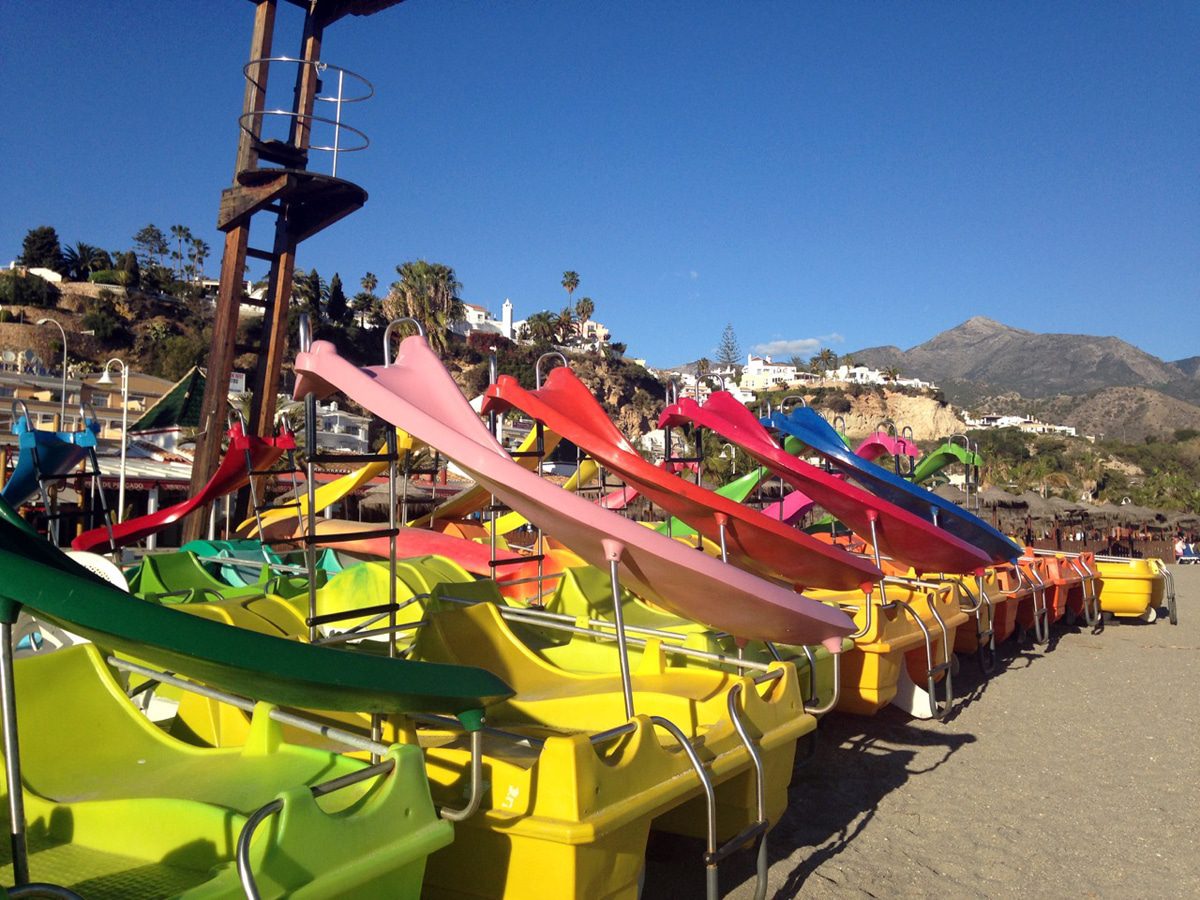
Costa del Sol
The southern coast of Spain sees more than 300 days of sunshine a year, making it an ideal place to visit in any season. Opt for high-end luxury beach resorts for complete relaxation, with a wide choice of onsite restaurants, kids’ clubs and pampering spas, or head to one of the whitewashed villages for beautiful views, family-friendly beaches and slow-paced life. Either way, it is an easy couple of days to add into an Andalucia itinerary, enjoying beach time and fresh seafood with the gentle waves of the Mediterranean lapping at the shoreline. Don’t forget to hop in a pedal boat, one of countless options for boat rides along the coast.
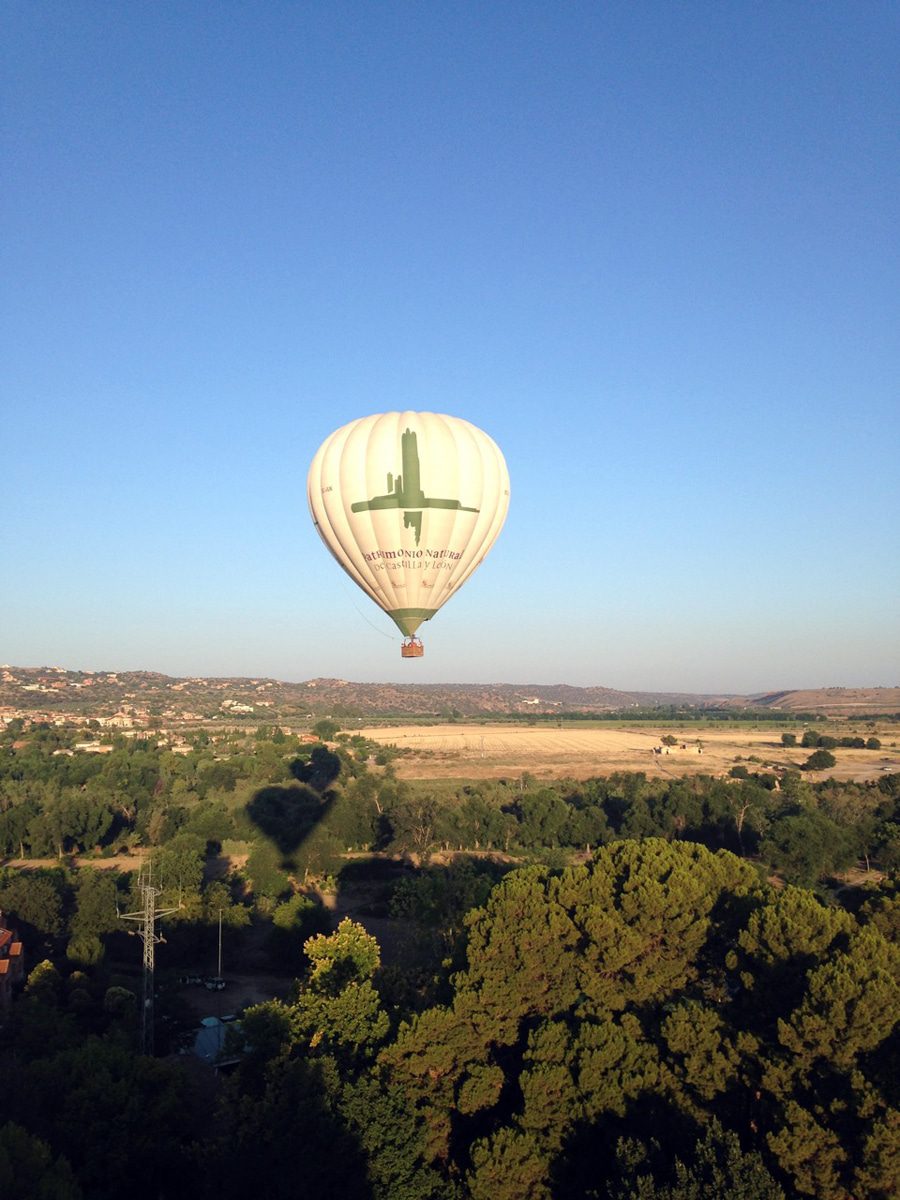
Outdoor Pursuits
With 24 national and natural parks in this mountainous region, it is easy to savor time in the great outdoors; including rock climbing, skiing, hiking, horseback riding, sailing or hot air ballooning. All within a short drive, any of these activities can make a nice half or full day out of town and can be tailored to different levels of experience and fitness.
If a trip to Spain with kids is in your future, you’ll find Andalucia to be among the most family-friendly regions in all of Europe.
Relevant Links:
Browse all tips and ideas around family travel in Spain on Ciao Bambino
52 Essential Tips for a Family Vacation in Spain
Postcard from Spain: Seville Bike Tour
Five things to do in Seville, Spain with kids
Why we love Spain with children
Essential tips for exploring Spain’s Costa Brava with kids
Postcard from Spain: Aqueducts, castles and cathedrals in Segovia
Photos by Nancy Daum Dailey.
Editor’s note: This post was accurate when published. We advise checking independently for the latest information and updates. Ciao Bambino does not accept responsibility or liability for any errors or omissions in, or for any actions taken based on, the information presented.






 travel recommendations, inspiring adventures, and exclusive travel offers
travel recommendations, inspiring adventures, and exclusive travel offers
The Alhambra is amazing- but MUST be done with a guide- it is huge. Love the Jamon Iberico in Andalusia!
We loved Sevilla, Cordoba, Granada, Ronda (Costa del Sol), and Nerja as BIG KIDS with our parents celebrating their 50th wedding anniversary. Would love to take our kids back some time. Thanks for sharing